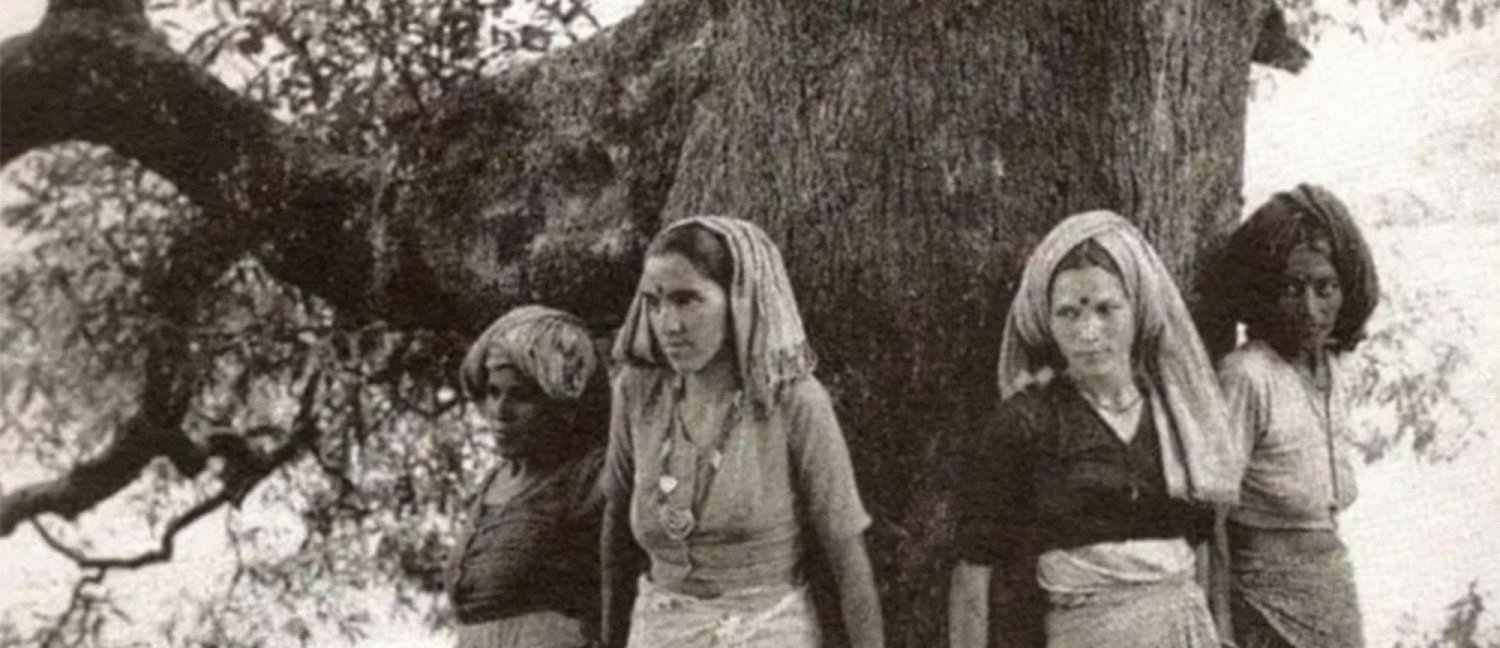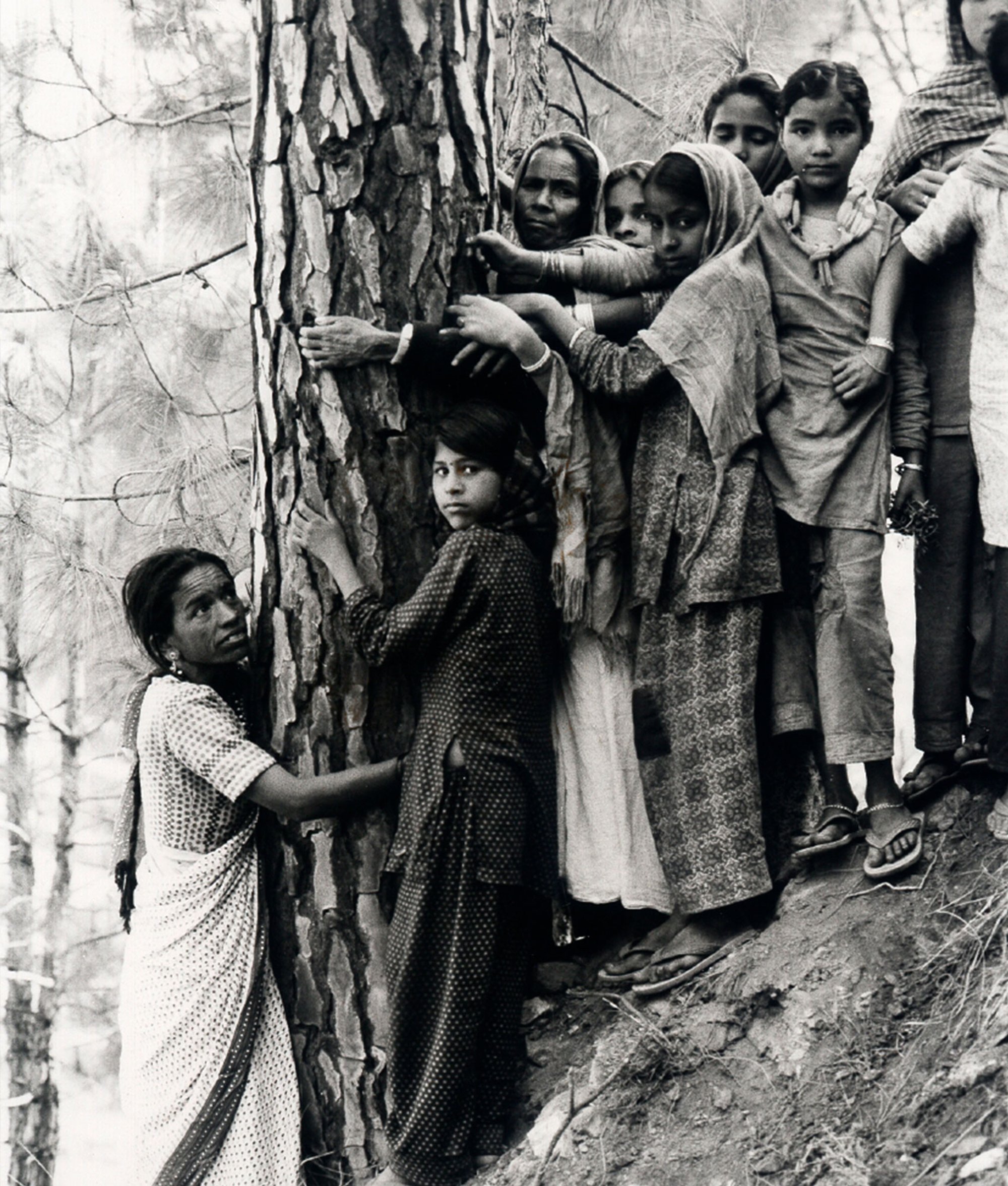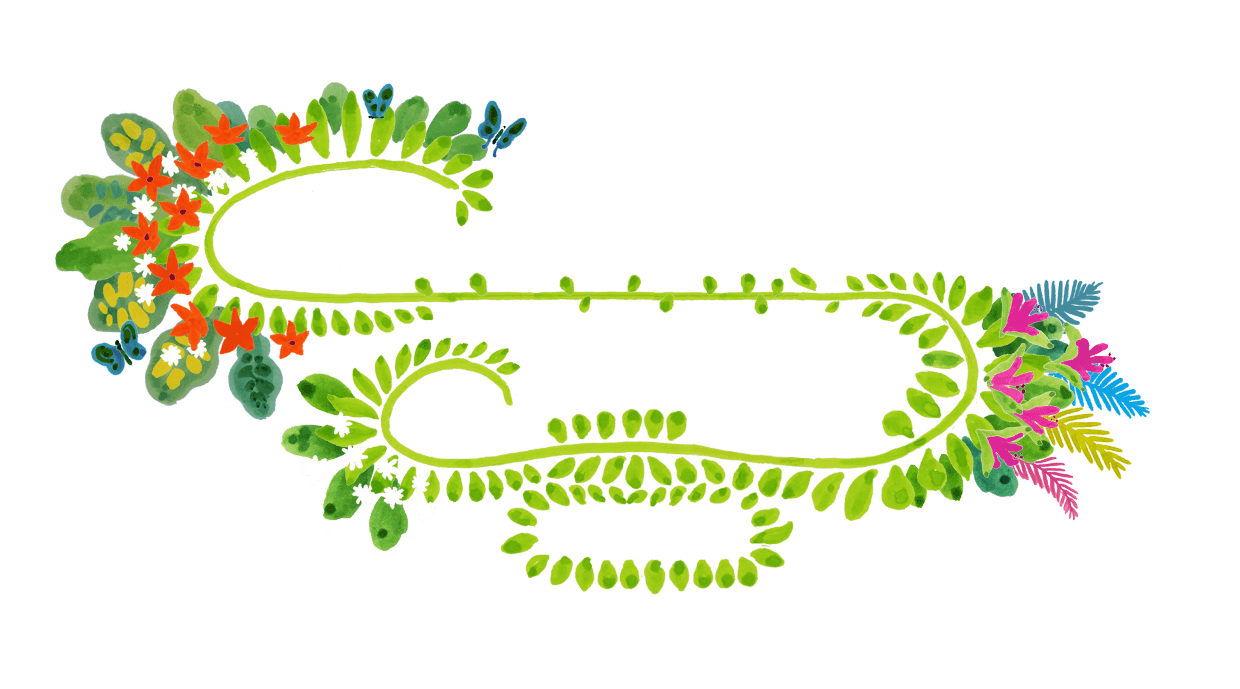
Insight
The Chipko movement
The Chipko movement is considered the first ecofeminist environmental movement that started in India in the 1970s to protect trees and forest areas from deforestation.
The name comes from the Hindi word “chipko”, meaning “to cling” or “to hug”, as the villagers embraced the trees to prevent them from being felled.
During the 1970s, forests were being cleared for logging and commercial development across India, leading to extensive deforestation and the destruction of large swaths of wildlife habitat. This caused significant ecological damage, and the disruption of traditional ways of life for those who depended on the forests for their livelihoods.

The movement was formed in the Himalayan foothills where a village community took a stand against loggers, led by female community leader Gaura Devi. It was this instance of activism where the Chipko movement began; from here this method of resistance was emulated in other communities, spreading across India and beyond.
The Chipko Movement is often considered the first ecofeminist movement. Although men were involved and had leadership roles in the movement, women were its mainstay as they were the backbone of many regional agrarian economies and so were most directly affected by environmental degradation and deforestation.
The activism of those involved in the movement has had a lasting legacy on the way forests are managed in India and contributed to the global effort to preserve forests and other natural resources.





